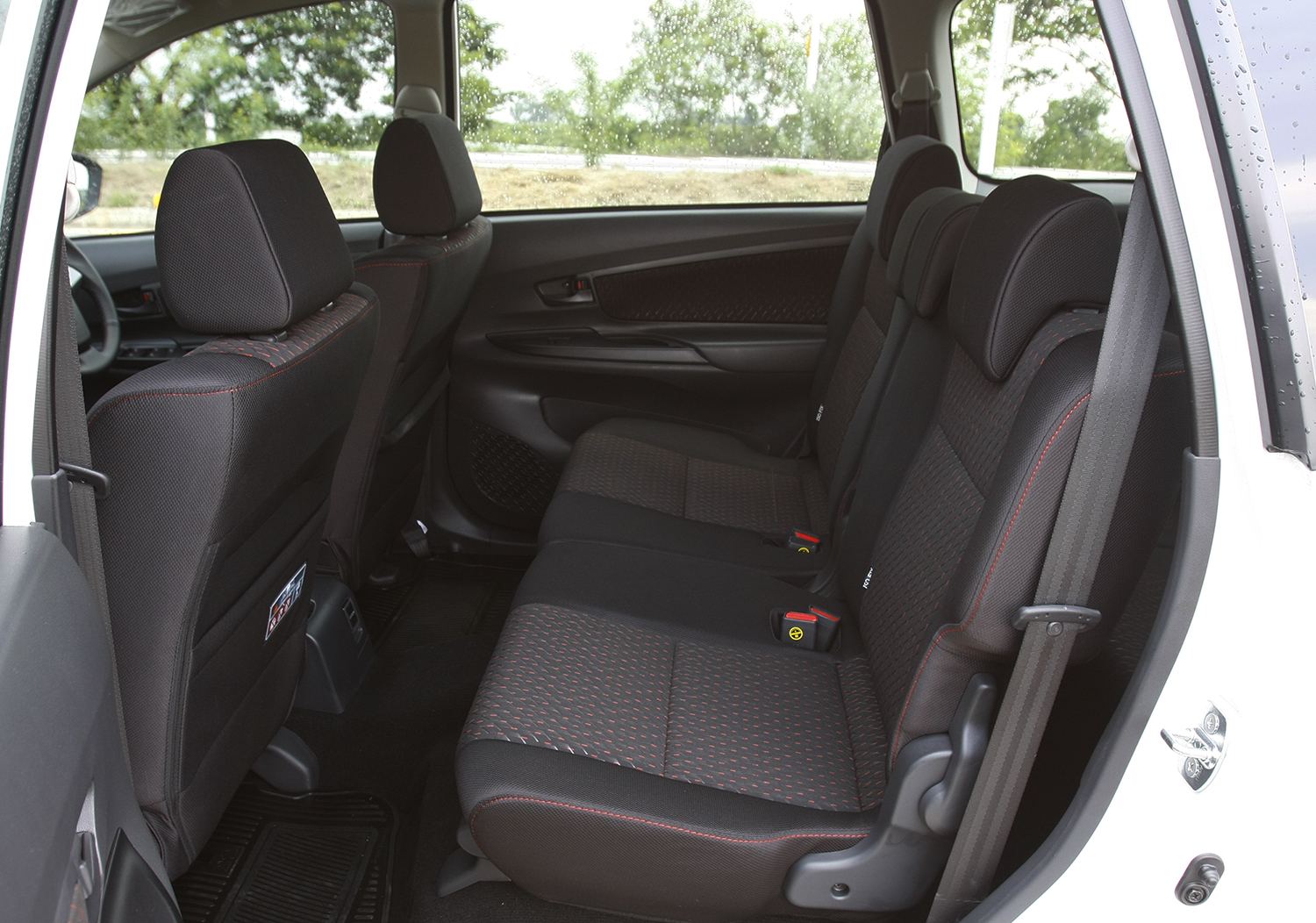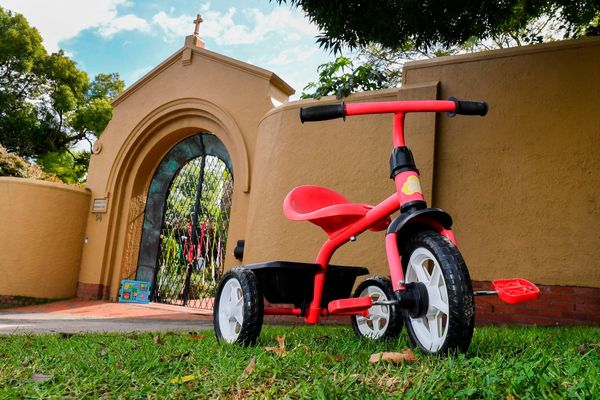Can a second update help this mini-MPV from the country's best-selling brand cope with the new Suzuki Ertiga?

What’s new?
The Avanza, one of six people-carrying models sold by Toyota in Thailand, is now eight years old in its current generation.
But rather than being completely renewed (by time standards of the car industry), Toyota’s mini-MPV has been given a second facelift instead.
Design changes include layered head lights, bigger front grille, new wheels and restyled rear lamps. A new interior feature is electrically operated air-con (not automatic climate-controlled, though).
And if you can spare 50k for the G trim, as tested here at 699,000 baht, there’s touchscreen, rear parking camera, remote controlled switches for the audio system and leather finish on the steering wheel and gearknob.
The 102hp/134Nm 1.5-litre petrol engine, codenamed 2NR-VE, and four-speed automatic transmission remain the same.
With a price range of 649,000-699,000 baht, the Avanza is in direct contention with the Suzuki Ertiga, which has just been launched in Thailand in new-gen form earlier this year.
Other mini-MPVs like the Honda Mobilio and Mitsubishi Xpander are priced slightly higher. Can this update help the Avanza cope with the Ertiga in attracting price-conscious buyers?

What’s cool?
While the multi-function touchscreen (incorporating the parking camera) is welcome, the only other cool things in the Avanza are the inherent attributes seen since its inception in 2003.
They include good driving view and airy cabin feel for all occupants, despite being shorter in length than the Ertiga.
And because the Avanza sits on an old platform accompanying a longitudinally laid-out engine driving the rear wheels (the Ertiga mixes front-drive and transversely positioned motor), its advantageous turning radius can truly be felt in tight manoeuvres around town.

What’s not?
The list is quite long, but we’ll keep it as short as possible.
Despite those leather claddings inside, the cabin feels cheap. Plus, seating versatility is archaic and the kit lacks safety and convenience features (one of them being a height adjustment for the highly placed driver’s seat).
Then there’s the issue of driving dynamics including soggy handling, inconsistent ride comfort, insufficient stability and weak brakes. By some margin, the Eritga is better, if nowhere brilliant.
Next is the engine which needs to be revved high to really get going under load and on the highway. And it’s here when four-pot engine sounds noisy and guzzles fuel, the latter also to blame on the aggressive gearing of the fourth forward ratio of the auto transmission (like in the similarly powered and geared Ertiga).

Buy or bye?
Unsurprisingly, the Avanza is continuing its long streak with far more flaws than merits. Toyota certainly knows that explaining why it really had to make an concerted effort in pricing the Avanza to compete with the market’s cheapest mini-MPV.
As the Avanza has a CO2 level exceeding 150g/km, it faces 30% excise tax; the Ertiga’s 146g/km rating attracts 25%. For fuel misers, we’re talking about 14.7kpl in the Avanza and 15.9kpl for the Ertiga.
Some say that the Avanza, with a badge from the country’s best-selling brand, is good value as a seven-seater for point A-B commuting. But even if you’re a non-car fan, the Avanza’s inferior road manners irritate.
In other words, the average Somchai does crave for driving comfort, which is lacking in the Avanza. If you can live without a touchscreen, the Ertiga is more sufficing.

TOYOTA'S WINNING MINI-MPV

While the Avanza could be seen as a loser in the Thai mini-MPV market, Toyota actually has a winner in this not-so-large segment.
Like the Avanza, the Sienta comes from Indonesia with no import tax but is tailored with far more modernity in mind.
The first thing that clearly stands out in the Sienta are the sliding doors, practical features for ease of entry and exit. Then there’s the more stylish exterior and more functional interior.
Moreover, the Sienta comes with a more rigid front-drive platform used in Toyota’s other B-segment sedans and hatchbacks. This translates to more car-like driving characteristics than in the Avanza.
The Sienta’s 1.5-litre engine may sound familiar with the Avanza’s, but it’s actually a newer, transverse version called 2NR-FE with higher outputs of 108hp and 140Nm.
As well, the CVT automatic in the Sienta helps bring down the CO2 level to 143g/km parallelly improving fuel economy to 16.1kpl.
That said, the Sienta is immediately the choice over the Avanza (plus the Honda Mobilio and Mitsubishi Xpander).
But that’s if you’re OK with the price premium it commands over the Avanza. The basic Sienta is 50k more than the top-grade Avanza and 100k more spec on spec.







